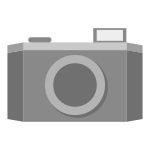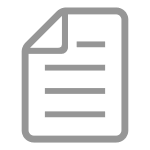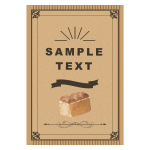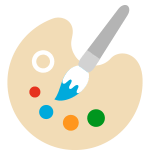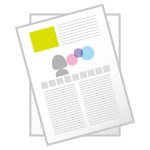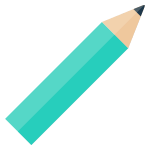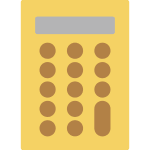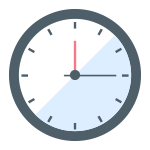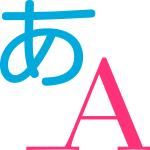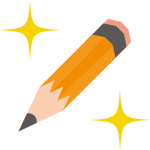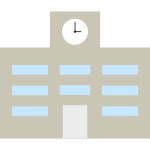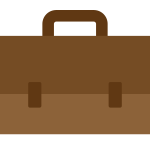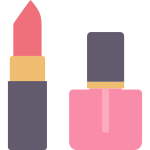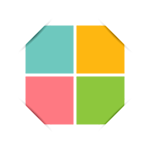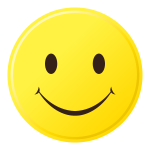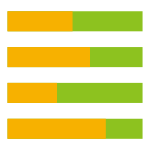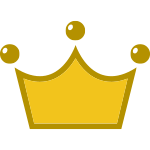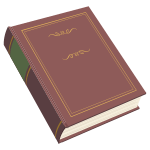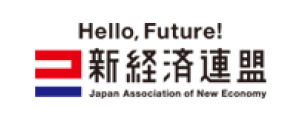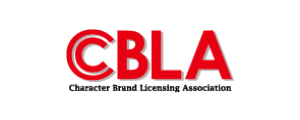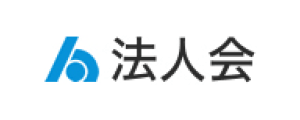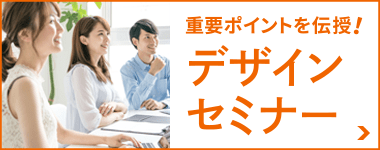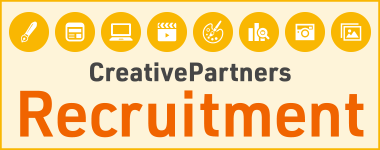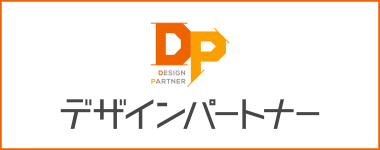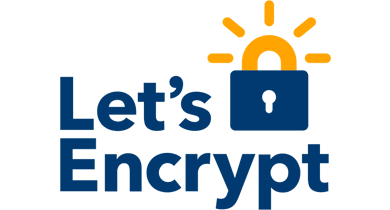Production Points
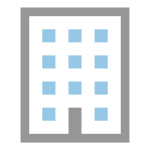
Company Brochure Production Process

Company Brochure Production Process
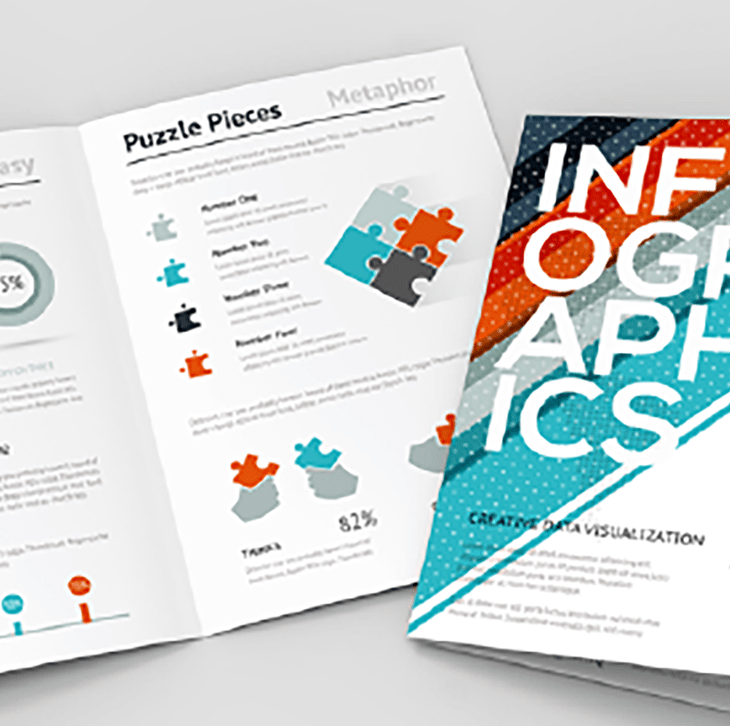
1
Define your concept
2
Define how it will be used
3
Define the published contents
4
Visually express the company's strengths
5
Research company brochures from your competition
6
Think of designs and layouts that keep future updates in mind
7
Smoothly coordinate in-house
8
Choose the size and typography
9
Company Brochure Production Process
10
Production Cost Examples
POINT
1
Define your concept
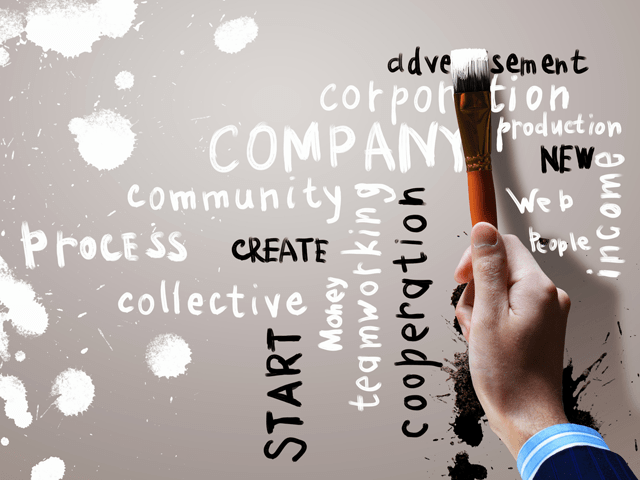
The main objective of a company brochure is to be a tool for communicating information regarding your company's branding, history, philosophy, and business content.
For company brochure production, the important things are to narrow down your target audience, and clearly define a concept and what information about your company the brochure will promote to your audience.
Depending on the situation you want to use your company brochure for, the published contents and design can widely vary. You need different content and designs if the brochure is used for corporate branding, as a sales tool, for recruiting, or for investor relations reports.
It is important to first work out a solid concept.
POINT
2
Define how it will be used

As you clearly define your concept, you should also imagine what kind of distribution method you will use.
Will salesmen make the arrangements? Will the brochures be displayed at stores and exhibitions? Will they be sent through direct mail? Clearly defining how they will be used and in what situations is a key point in producing superior company brochures.
POINT
3
Define the published contents
The published content and information are decided in accordance with the concept of the company brochure and how it will be used.
Deciding on several factors with a focus on what your target audience wants to know will lead to the creation of a easy-to-read and highly appealing brochure. These factors include deciding on what absolutely must be conveyed, while using past information as a reference, as well as firmly setting a priority order for information, and balancing what content should be shown in detail and what content can be shown simply.
| Examples of Items Published in Brochures | |
|---|---|
| Company Philosophy | A company philosophy expresses the company’s values, reason for existence, and objectives, so it forms the basis of a company’s business. It’s important for letting customers understand the uniqueness of your company’s branding and services, as well as for gaining trust. |
| Greetings from the President | Along with the company philosophy, greetings from the company president help to promote the vision and direction of the company's top executive, such as his aspirations for managing the business. Clients and investors also make judgements on the company based on these greetings. |
| Introducing Employees | Introducing your employees is an essential part for company brochures that are made for recruitment purposes. These introductions are one important element for communicating your company’s image, such as the actual job contents and workplace environment. |
| Introducing Organizations and Locations | Organizational charts and location lists help readers understand your diverse range of organizations at a glance. They are important elements for expressing the business contents and scale of your company. |
| History and Chronology | Publishing your company’s history on a timeline leads to increased trust and sense of security for your company. |
| Company Profile | Publishing of basic information on your company. This information includes the year the company was established, its location, its capital, and contact information. Information such as access maps also are useful elements that increase convenience for users. |
POINT
4
Visually express the company's strengths

In company brochure production, it is important to have a design that quickly communicates the points about your company you want to promote to your target audience, such as its strengths and uniqueness.
It’s essential to be aware of graphics and layouts that let readers recall the image you want to convey, based on fonts and color usage that are in line with your company’s corporate identity (CI) and branding. That image may be modern, classic, profound, soft, advanced, safe or secure.
POINT
5
Research company brochures from your competition
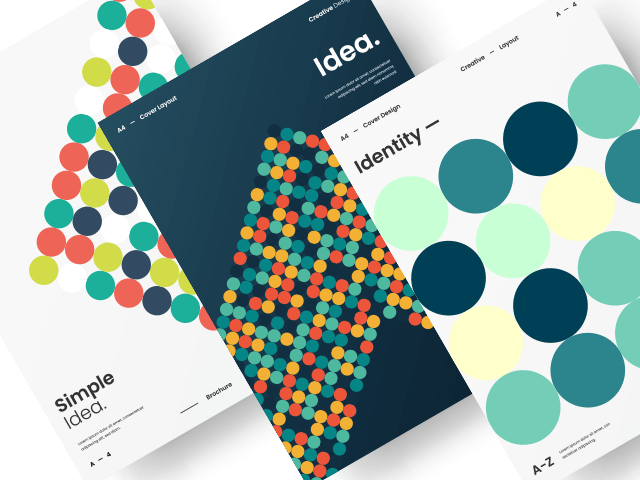
When producing a company brochure, it is important to check out the brochures your competitors have released.
In business, company brochures are often used as materials for comparing products and services. In order to create a superior catalog that leaves a better impression than catalogs by your competition, it is important to research and analyze their company brochures.
POINT
6
Think of designs and layouts that keep future updates in mind
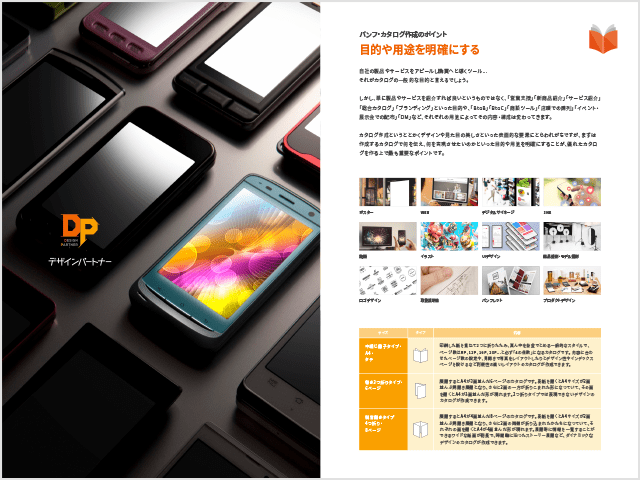
A company always continues to change, including the organization and business content newly changing with time.
Accordingly, the information published in your company brochures becomes out of date, and must be updated.
Some companies update their brochures on a set schedule of every 2-3 years. However, many companies don’t actually have set rules for updates.
When creating a new company brochure, it is important to determine which information can be easily updated, and aim to create designs, specifications and layouts that facilitate updates of those parts.
POINT
7
Smoothly coordinate in-house

When creating a company brochure, in-house coordination is essential.
Even if the purpose of your company brochure, such as whether it is used as a sales tool or for recruiting, is clearly defined, the published content makes its way across company departments. It’s common for issues to occur due to this, such as differences in opinion and delays in decision making.
It is important to have smooth contact systems and scheduling between departments. This includes having regular meetings about the brochure’s production that involve employees such as sales team staff and recruitment staff.
POINT
8
Choose the size and typography
| Size | Content | |
|---|---|---|
| Saddle-Stitched Booklet Type / A4 / Vertical |  |
This common style involves putting two sheets of printer paper on top of each other and folding them, and fastening the center with a wire. These company brochures come in page counts of 8, 12, 16, and 20 - always in multiples of 4.You can create company brochures with highly usable layouts, by setting page counts in accordance with the content, laying out photos in 2 page spreads, and establishing the type of design used as well as an index page. |
| 2-Folded Type / 4 Pages |  |
A company brochure made from an A3 page folded into two, to make four A4 pages. It consists of a cover, 2 pages of content, and a back cover. This kind of company brochure is suitable for simply and effectively communicating your company profile and work contents. |
| Tri-Folded Type / 6 Pages | 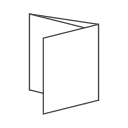 |
This company brochure consists of six pages, made from three A4 sheets lined up together when unfolded. Opening the cover reveals a two page spread consisting of two A4 size pages lined up next to each other. One of the two pages is also folded in, and opening that page reveals 3 A4 sheets lined up together. This company brochure lets you use designs that can’t be expressed with the 2-folded type. |
| Double-Door Type 4 Folded / 8 Pages |  |
This company brochure consists of four A4 pages lined up to make 8 pages when unfolded. Opening the cover reveals a spread of two A4 size pages. Both sides of the two sheets are also folded in, and opening each page reveals four A4 sheets lined up together. This pamphlet type features wide paper that can list a lot of information when opened, enabling you to create company brochures with dynamic designs, including story development along a timeline. |
| Pocket Holder Type |  |
The completed size is a little bigger than A4. The pocket can store an A4-sized booklet or unfolded pamphlet. Written quotations, individual written proposals, and documents can all be stored in the pocket. In addition, information that is expected to be updated in the short term can be created and replaced each time using the unfolded pamphlet, which is a great economic benefit. These factors make this catalog very convenient. Pocket processing can also be done on the last page of the saddle-stitched booklet type. |
| Leaflet Type | 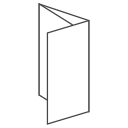 |
The leaflet type is slim and compact. It is A4 size when unfolded, and it is rolled and folded into 3 parts. It is small, with 6 pages including the cover, inside, and back cover. The portable and slim form is easy to hand over, making this pamphlet suitable for many situations. It can be easily taken from tabletop racks in dining establishments, retail stores, and hospitals. This type of company brochure can be made for a wide variety of purposes. |
| Free Form Type |  |
A company brochure made with original sizes and shapes to match the purpose and objectives. You can create impactful company brochures with modified sizes and die-cut processing that help differentiate your brochure in situations where users receive many materials, such as at exhibitions, and that give a more positive impression of your company’s products and services. |
POINT
9
Company Brochure Production Process
Here we explain the production process, from the quotation to delivery after first receiving your inquiry.
Please look here for details on the production process.
POINT
10
Production Cost Examples
The reference prices listed here for each medium are rough estimates. Please use them as a reference as you consider our services.
Please look here for information on production price examples.











